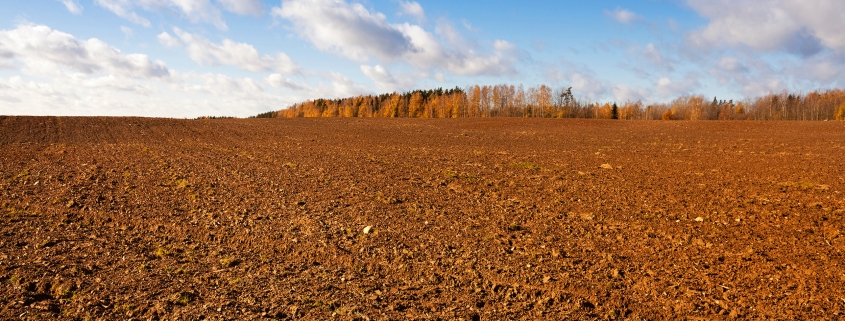IP Crop Network, December Report
This monthly feature from SSGA’s Agronomy Action Team highlights growing conditions for Identity Preserved crops from different regions around the country. Thanks to the states/regions that contributed this month. If you would like to contribute, please get in touch with David Kee or Shane Frederick. You should also follow David Kee on Twitter for some of the latest, most-interesting information on agronomy and research that affect IP and other farmers.
Illinois
With harvest now complete, growers have switched to preparing and planning the 2023 crop year. There are really a handful of concerns/thoughts on almost every grower’s mind:
- Fertilizer prices – Products applied this fall followed pretty closely to where we ended in the spring, $1,400-$1,600 NH3, $850 DAP, $860 POT. Urea has come off a bit with some recent buying opportunities at 25-30% discounts to spring, but not a favored product for N source in corn. There is some talk of the December-January prepay prices falling 10-20%, but those prices have not been quoted yet. We should know in the next two weeks!
- River levels at St. Louis – A large portion of the grain in Illinois that leaves the state goes through St. Louis. The river has rebounded some, but concern remains as we head into the heavy grain delivery period of January and February. If barges get loaded at less than 100% capacity, it will be a long winter of waiting in lines to deliver grain.
- Overall moisture levels in the soil – We have received some rainfall over the past couple of months, but subsoil moisture is still in a deficit state across most areas. As one grower recently stated, “The drought of 2012 started in the fall of 2011.” Let’s hope we don’t repeat that scenario.
- Other input prices/availability – Chemical prices seem to have moderated some with glyphosate and glufosinate dropping by almost half of where they were a year ago with availability in pretty good shape. Parts and equipment availability has not really improved at all, and some have commented that things continue to get worse. Fuel prices continue to drive growers to look for ways to reduce passes in the field without reducing yield. At current levels it is costing about $1/mile to put a semi-truck on the road to haul grain.
- The winter wheat crop has rebounded from the late planting/emergence and actually looks pretty good. Fall tillering did not have a chance to happen, so the crop will be relying on spring tillering for yield.
- The white corn market has surged, and growers in areas that have an outlet are considering switching to white instead of yellow. Premiums in most outlets got as high as $2 over yellow. There was a lot of white corn sold for $9/bushel.
Minnesota
Crop harvest is complete in Minnesota. As always, there is a remnant field still to be harvested, but these are few and far between. A blanket of snow covers what little winter wheat and cereal rye was planted this fall. Some farmers are concerned about future crop volunteer issues in 2023 due to excessive harvest escapes. Mostly, farmers are thinking about selling/delivery of the 2022 crop and 2023 planting decisions. Field work, soil sampling, tillage, manure and fertilizer applications, etc., have largely been completed. The dry fall allowed ample time for most farmers to complete field work, and even watch a ball game or two.
Minnesota is dry! What little fall rain received did not restore soil moisture status. Consequently, planting 2023 should prove to be interesting. According to the drought monitor, about 48% of the state is rated moderate to extreme drought (D1-D3).
The Nov. 29 USDA Crop Progress & Condition Report rates topsoil moisture supplies 53% short to very short, 46% adequate, and 1% surplus. Subsoil moisture supplies were rated 54% short to very short, 45% adequate, and 1% surplus.
Missouri
Rounding out end of the year for 2022, we have some updates for the crops remaining in the ground. As of Nov. 27, about 2% of the corn crop remained on the stalk. We are not sure where these 2% fall within the state, but we can assume it is the crop that most farmers left to wait as they got their beans harvested and/or cotton picked.
Our 2022 winter wheat is 92% emerged right now with 58% of the crop rated as “good” by the USDA’s survey. There was only about half a day suitable for field work the last week of November, and with there being 64% of the state with adequate topsoil moisture, we know we have had a few rainy days ending the month. Rounding out November, about 28% of topsoil across the state was “short” on moisture, with only 8% of the topsoil on workable acres being “very short” on topsoil moisture. To give a bit of comparison for the subsoil moisture, Missouri’s workable ground is 50% adequate, 37% short and 13% very short.
We are ending 2022, and we hope to see our soil moisture increase in the coming weeks. We do have some rain forecasted with cold temps to follow. Merry Christmas to all and have a safe and wonderful New Year from you farmer leaders and staff at Missouri Soybeans!
Note: To see state Crop Progress reports from USDA’s National Agricultural Statistics Service (NASS) click here.







Leave a Reply
Want to join the discussion?Feel free to contribute!